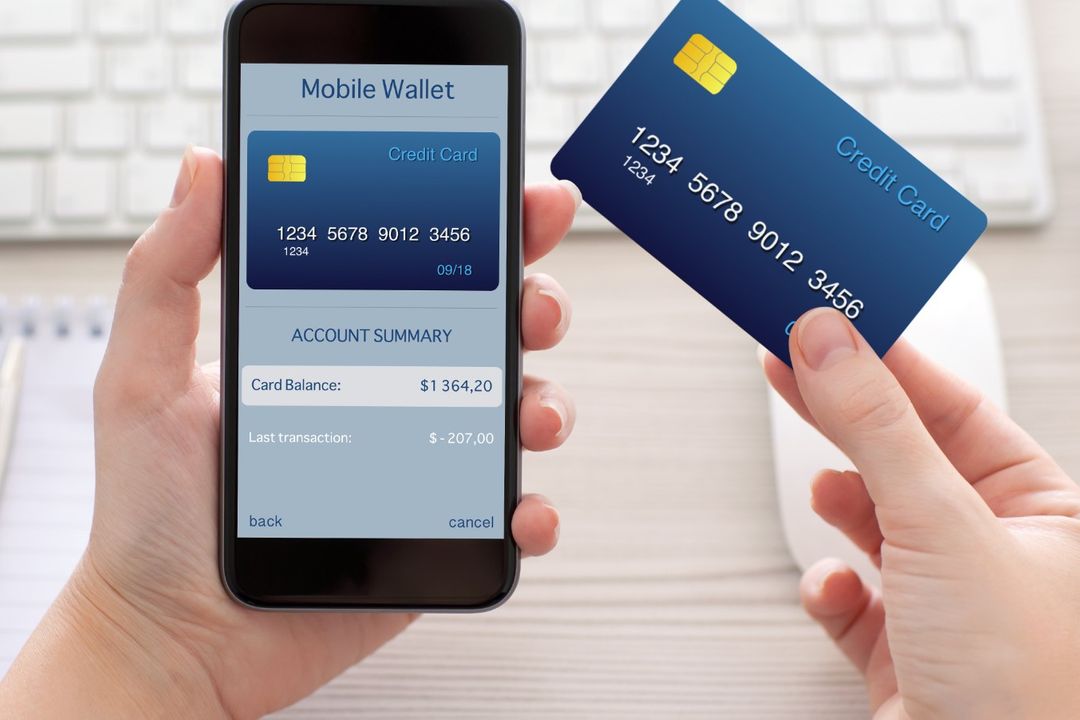A colossal shift in technology has been witnessed across all nooks and corners of the commercial world, and the tremors have reached as far as the payments industry. Being a crucial part of any customer-seller communication, payment evidently concludes a transaction and outlines a fruitful client conversion. Although it is usually considered simply as another point of client conversion, it holds a pretty vital position. The digitization of this instrument of trade has become a unified arrangement, catering to multiple points of participants, wherein communications are conducted without the presence of physical cash. A digital transaction comprises of an incessantly advancing way of conducting processes where fintech organizations consort with several segments of the economy for tending to the erudite demands of the ever-emerging technology users.
The demand for tools that efficiently abridge transactions and processes ascends efficaciously, pertaining to the complexity of the needs of investors and financial services users. The list of Digi-services and offerings delivered by financial institutions exhibit an inevitable necessity to match the surmounting usage of automated services. This need emerges from the implementation of technology in fintech to cater to the customer requirements for low-cost alternatives in contrast to the traditional services. The end-client’s ecosystem for transactions is thus being transformed by the digital revolution led by the fintech companies.
Putting into Practice
Digitization of payment holds the potential to convert a conventional cash-operating establishment in to a cashless one. This may range from simply paying for stuff from a retail store to online transfer for undergoing investment trades. The paybacks of adapting technology are far more rewarding than the costs for businesses, financial establishments, and consumers. Yet, there exist digital ingenuities that popup to reform the existing digital transaction formats. Similar to how credit cards are transforming the utilization of money, methods like online transfers and encrypted currencies are disrupting the procedure where physical existence and credit cards, correspondingly, are requisite for trades.
E-commerce platforms have delivered a medium through which traders can participate in digital trade; cloud services have offered a digital procedure for storage of data; peer-to-peer loaning mediums have delivered a way for people to lend and borrow involving zero difficulties of the customary banking parameters. These examples comprise of digital trades that may possibly be replaced by new developments in Fintech over the years.
Benefits of digital payments
- Accessibility: The need for carrying cash or visiting the ATM won’t be necessary anymore. Moreover, the need of a physical presence is also not required. The online transaction can be processed anywhere from the world.
- Reduced risk: Digital transfers are comparatively securer than its counterparts pertaining to being administered by protected gateways which are complex to meddle with.
- Effortless visibility: Particulars of transactions are stowed in specified databases for each merchant. Both traders and consumers hold access to transfer data. This reduces uncertainty and muddle while tracing transactions.
The customary value chain of merchants, acquirers, issuers and networks has reigned the payment industry subtleties. Card acquirers and issuers have received amplified profits as card volumes have developed. However, revenues from trading have been clasped because of the influence of new protocols. In correspondence, mounting competition from newfangled solutions that reform the old-school value chain has multiplied the stress on issuers, acquirers and networks to lessen transaction charges.
Payment Service Providers have multiplied their supremacy in the value chain because of augmented need from traders for numerous payment means and VAS. The acquirer, in the meantime, is becoming progressively omitted from the traditional affiliation with merchants and the subsequent business prospects. Acquirers, are fronting declined power and inadequate growth prospective while PSP’s have the likelihood to surge revenues and boundaries by offering merchants VAS in amalgamation with a suitable payment solution.
What would the future hold?
From the trading of animal skins to trade markets to retail and present digital stores, there appears to be a pattern. Businesses incline towards making the lives of consumers comfortable and convenient. Through ceaseless invention and progression in technology customers can buy anything from anywhere across the world.
In the near future, the major part of` of transactions both POS and Online will stay to be administered through prevailing networks. Nevertheless, as reformative online transfer solutions grow, and both consumers and traders change or grow from physical to online channels, issuers and acquirers risk facing shrinking profits and margins. Increased burden on exchange and transaction charges will possibly diminish current profits even more. To endure, these old-style companies need to discover new revenue torrents. One probable solution is VAS – offering such amenities can be supplied inside a clear and gainful business model and both merchants and clients recognize a tangible value.
The predictions are that single channel transfer solutions with unified VAS will transform market subtleties over the longer term. The likely possessor of these answers as well as the dynamics and trade models are still unclear. What is clear is that disruption to the old four-party model will have a stark negative impression on banks and networks. It’s probable that these companies will spend significant effort to safeguard their surviving business model – for instance by constructing combined groundwork and wallet services with VAS linked to debit and credit cards. The question that remains is whether these sorts of solution will have an enough compelling pricing, adequately pertinent use cases and VAS aids that can contest with the new generation of contenders.

